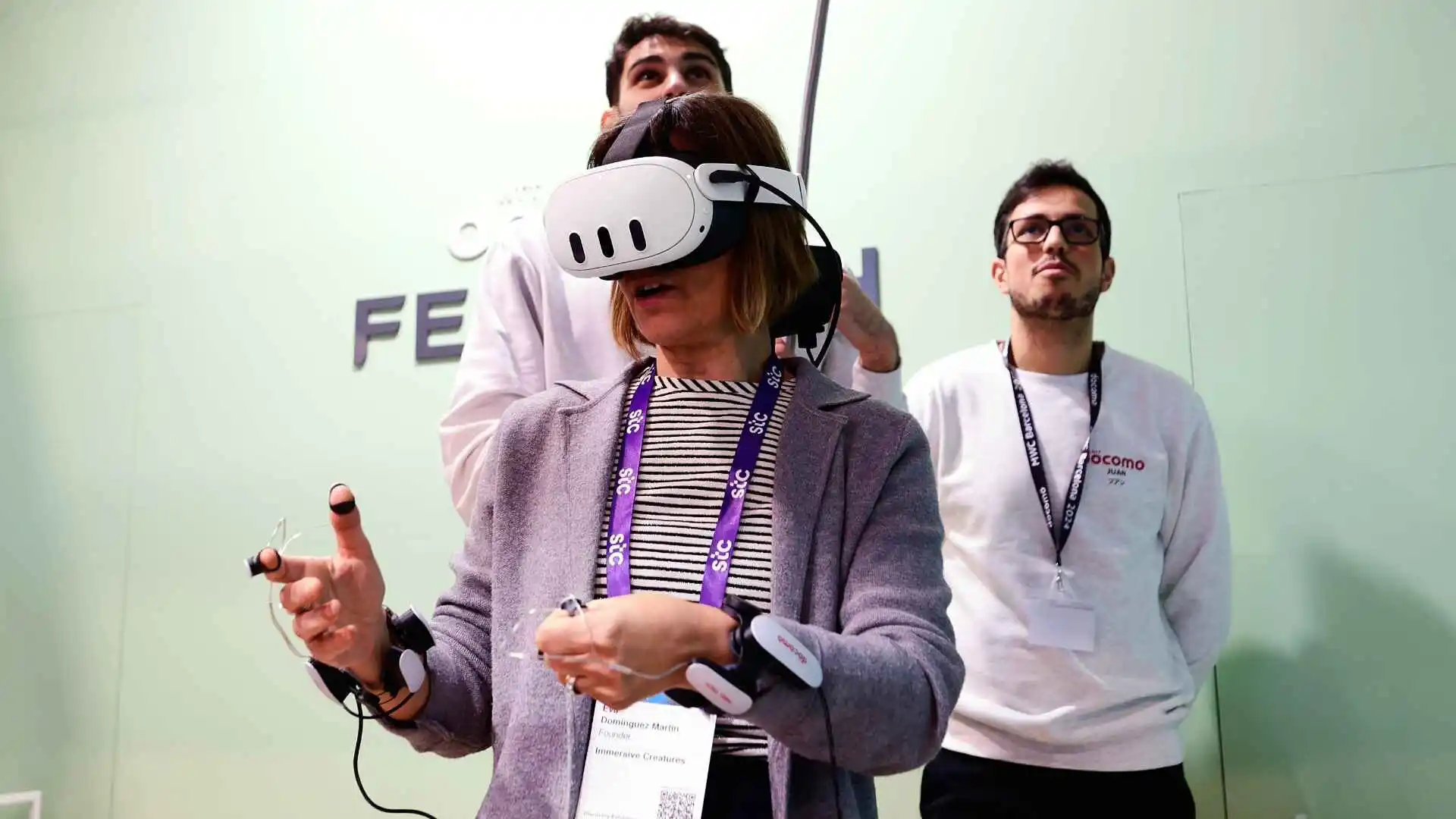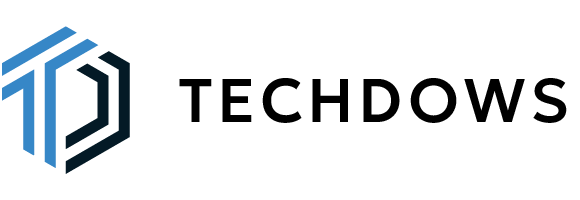
Key Points:
- Meta’s open-source strategy for Horizon OS fosters a collaborative environment, promoting innovation and broader adoption of VR/MR technologies across industries.
- Mixed reality applications have the potential to revolutionize enterprise operations by enhancing remote collaboration, streamlining processes, and providing intuitive data visualization tools.
- The consumer market is embracing VR/MR experiences, particularly in retail, as virtual shopping offers a more engaging and personalized alternative to traditional e-commerce platforms.
The world of virtual reality (VR) and mixed reality (MR) is rapidly evolving, extending its reach beyond entertainment and gaming into the domain of enterprise solutions. Recently, Meta Platforms, Inc., the company behind the popular Quest VR headsets, announced a significant shift in its strategy by opening its proprietary operating system, Horizon OS, to third-party developers and hardware manufacturers. This move can potentially reshape the VR/MR landscape, fostering greater innovation and accessibility within the industry.
A Collaborative Approach to the Metaverse
Meta’s decision to open Horizon OS signifies a departure from the closed ecosystem model often employed in the tech industry. By allowing other companies to utilize and build upon its OS, Meta fosters a collaborative environment that encourages innovation and expands the reach of VR/MR technologies. This approach starkly contrasts companies like Apple, which maintain tight control over their hardware and software ecosystems.
The benefits of an open ecosystem are multifaceted. It enables greater interoperability for businesses, seamlessly integrating MR technologies into existing workflows and infrastructure. Imagine a scenario where employees utilize Lenovo ThinkReality headsets powered by Horizon OS, seamlessly accessing and interacting with data from their existing Lenovo workstations. This level of integration streamlines operations and enhances productivity by eliminating compatibility barriers and facilitating a more cohesive technological ecosystem within the enterprise.
Furthermore, an open platform fosters innovation by empowering a wider range of developers to create MR applications tailored to specific industry needs. This can lead to the development of specialized tools and solutions that address different sectors’ unique challenges. For instance, the healthcare industry could benefit from MR applications that assist with surgical training and planning, while the manufacturing sector could utilize MR for equipment maintenance and repair.
Mixed Reality: Transforming the Enterprise Landscape
The potential applications of MR within the enterprise are vast and transformative. By blending the physical and digital realms, MR technologies create immersive experiences that enhance collaboration, streamline processes, and revolutionize the way work is conducted.
One of MR’s key advantages is its ability to facilitate remote collaboration. Imagine teams working on complex projects from different geographic locations interacting in a shared virtual workspace as if they were physically present. MR technology enables this level of interaction, fostering seamless communication and teamwork regardless of physical distance.
Moreover, MR can enhance data visualization, allowing businesses to interpret and analyze complex information more intuitively. Instead of staring at spreadsheets or static charts, imagine exploring interactive 3D models of data sets, gaining deeper insights and facilitating more informed decision-making.
The industrial sector has already begun to embrace the potential of MR, with companies like Boeing utilizing AR headsets to guide technicians through complex assembly processes, reducing errors and improving efficiency. Similarly, logistics companies employ AR technology to optimize warehouse operations, providing workers with real-time information and instructions to streamline picking and packing processes.
A New Era of Consumer Experiences
While the enterprise applications of MR are significant, the consumer market also presents exciting opportunities. The retail sector, in particular, is poised for disruption as VR/MR technologies offer immersive shopping experiences that bridge the gap between online and brick-and-mortar stores.
Imagine trying on clothes virtually, visualizing furniture in your living room before purchasing, or exploring a virtual showroom from the comfort of your home. VR technology has the potential to replicate and even enhance the traditional shopping experience, allowing consumers to interact with products in a more engaging and personalized manner.
This shift towards immersive retail experiences is already underway, with companies like Walmart and Amazon investing in virtual try-on technologies. Furthermore, a recent PYMNTS study revealed a significant consumer interest in VR shopping, with one-third of respondents expressing a high level of interest in utilizing VR to shop for retail products from home.
